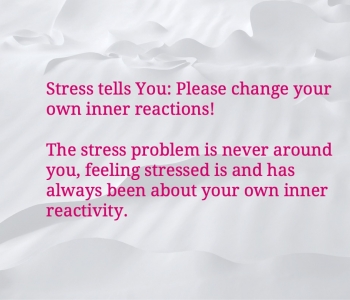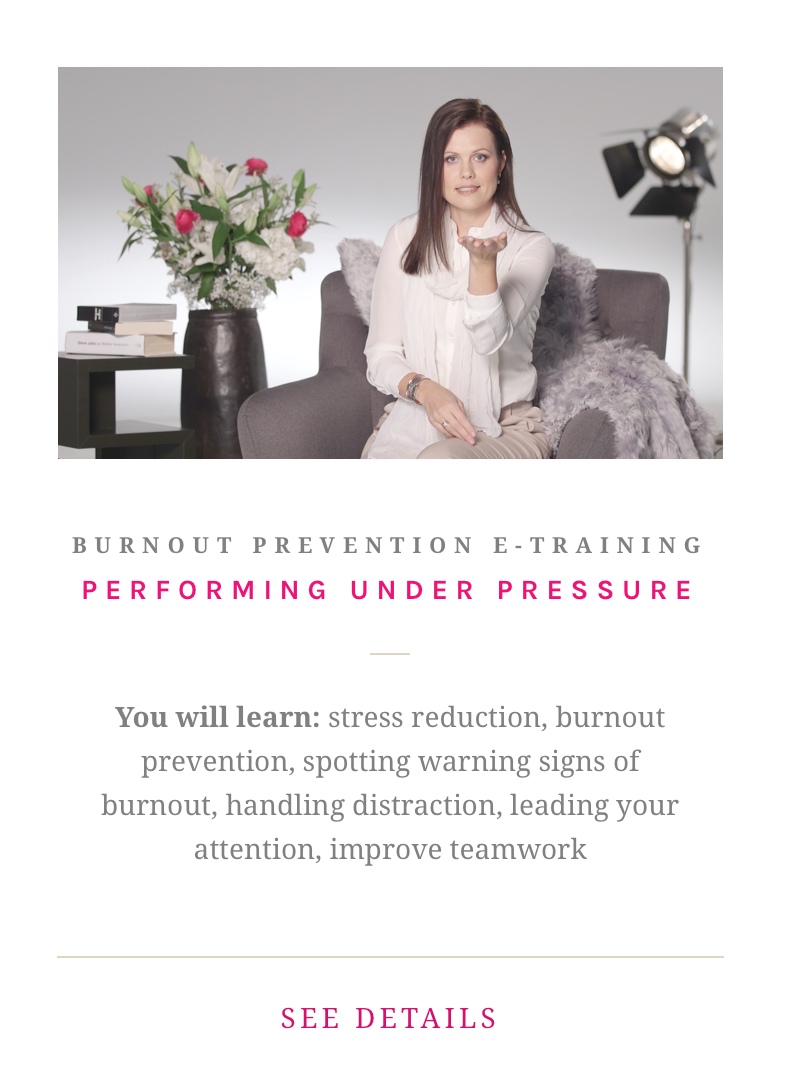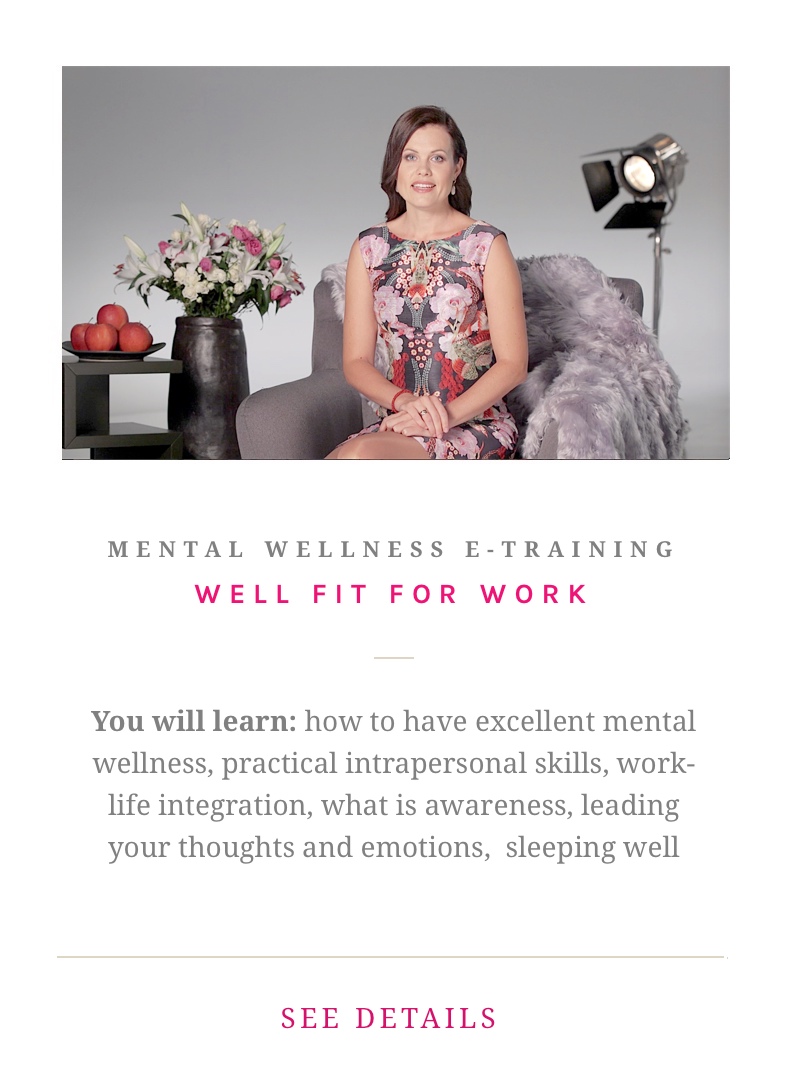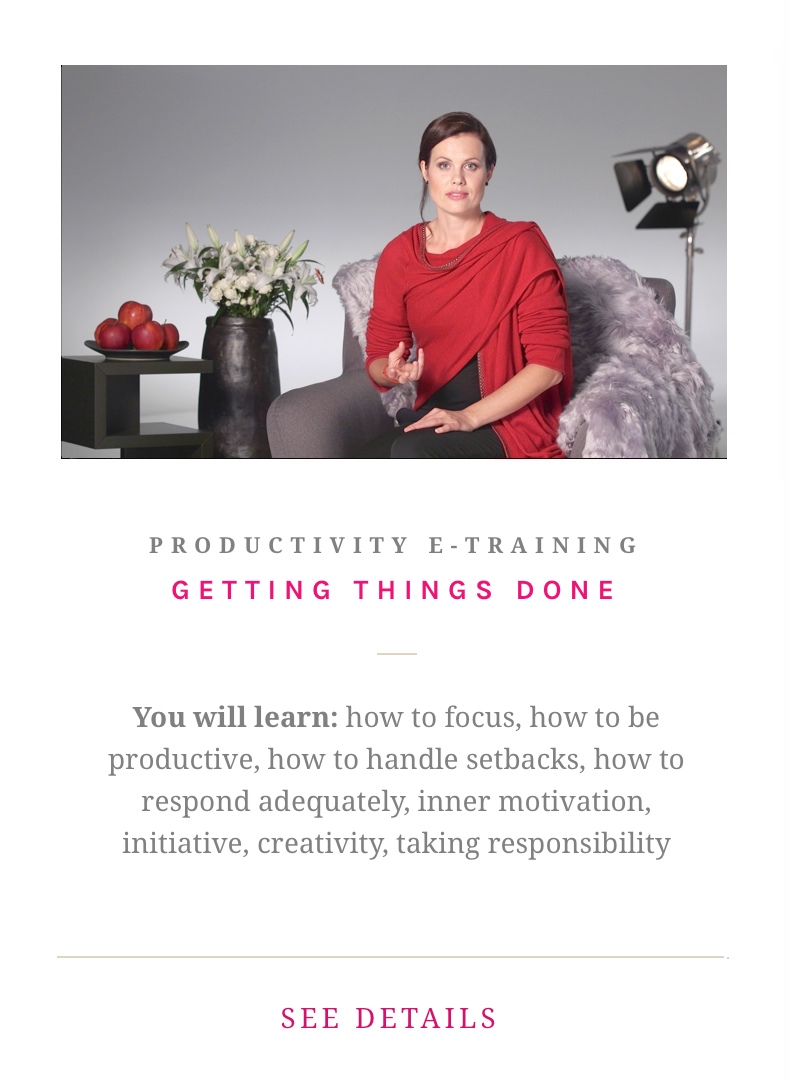Efficient Strategies for Lowering Employee Stress Levels
Workplace stress hampers productivity and slowly leads to physical and mental health problems. Lowering employee stress levels is a must if you desire to see employee engagement and productivity.
Understanding how to control workplace stress is crucial for both employers and employees to foster a healthier and more productive work environment.
Understanding Stress and Stressors
Before delving into how to control workplace stress, it's important to distinguish between stress and stressors.
Stress is your automatic subconscious inner reaction to any change that requires an adjustment.
According to the Gallup studies, approximately 70-80% of employees lack work engagement, while according to several mental health studies, 70-87% of employees are stressed. There is a clear overlap here in numbers that is mostly overlooked. Only by comparing and understanding the overlap can the problems that stress brings along become visible.
Stressors, on the other hand, are the events or conditions that trigger stress. Stressors may trigger one person, but be easy to deal with for another person in the same situation.
In a workplace setting, common stressors might include heavy workloads, tight deadlines, lack of resources, economic downturns or different interpersonal conflicts. Several stressors can also appear at the same time.
You are welcome to read more about stressors and stress here.
All our inner reactions are subconsciously earned. Those reactions are possible to remove when you learn intrapersonal skills and become a more conscious person who takes personal responsibility for your inner domain.
All our painful reactions are those that generate fear, worry and stress. However, our joyous reactions also trigger activity, and if inner reactions are not removed, even this creates stress. There is negative and positive stress, both cause mental health issues.
Studies and people often glorify positive stress as it initially releases more energy.
The paradox is that riding on the wave of positive stress reduces our natural pattern to relax because you feel like everything is going well, and pushing yourself extra permits you to see even better results. This belief is false and dangerous, as positive stress leads to more employee burnout than negative stress.
However, all positive reactions are also subconsciously triggered. We tend to seek pleasure and recognition through them. That is why in the short run, they work as a source of motivation. However, all emotional motivation fades, and sooner or later, without proper rest, we become tired and burned out.
What people are unaware of is that the final phase of burnout overlaps with depression. This overlap is between 86-92% according to studies, so it is even more important to reduce stress as it prevents burnout and more serious mental health and physical health problems.

Lowering employee stress levels becomes an urgent matter as today, 9 out of 10 employees feel more or less stressed. While 87% are stressed, 12% can't manage stress on their own.
How to Control Workplace Stress?
To effectively manage stress in the workplace, it’s essential to address the root cause – our inner reactivity. This is best done by allowing people to learn practical intrapersonal skills. While reducing stressors is also good, reducing all stressors is impossible.
Encouraging open communication between employees and leaders can alleviate misunderstandings. Open communication and active listening are also based on intrapersonal skills. One needs to become aware of the other person to succeed here.
Providing regular feedback allows us to learn. We need feedback about our work as much as we need it for our own inner state. That is why all Wellness Orbit online trainings come with self-evaluation tools.
When people improve their intrapersonal skills also spot professional development opportunities, and maximizing professional skills becomes easier.
Converting intrapersonal skills into good work relations and taking initiative and responsibility ensures employees are engaged and see a clear path for growth.
Promoting work-life integration is another key factor in controlling employee stress. Implementing flexible working hours or remote work options where feasible can help employees manage their personal and professional responsibilities better.
Encouraging employees to take regular breaks and utilize their vacation days is also important as we all need rest. Also, our minds need quiet time and switching off. So, providing access to quiet areas where employees can decompress during breaks can also help them manage stress more effectively.
Distributing workloads and respecting the right to say 'No' when there is overload helps to avoid overburdening individual employees, and allowing employees to have a say in how their work is structured and executed can enhance their sense of control and job satisfaction.
Lowering Employee Stress Level: Practical Techniques
Practical techniques are what bring results in lowering employee stress levels. Understanding the practical use of awareness and interpersonal skills, and learning relaxation techniques, is highly effective.
Offering digital mental wellness training is easier than organizing counseling after problems appear.
Proactivity is the key to lowering employee stress levels and preventing burnout.
Learning how to manage your activities in time is another practical approach. We all have 24 hours in a day, and it matters that we are fully present and aware of how we use that time. Inner reactivity removes such awareness and leaves us thinking old things over and over again. Thus, we become worried and stressed or feel negative emotions, and get stuck in those emotions.
Providing training on effective self-leadership and prioritization skills can help employees manage their work and stress loads more efficiently. Encouraging them to break tasks into manageable chunks and set realistic deadlines can reduce the feeling of being overwhelmed.
Promoting a healthy lifestyle is crucial in lowering stress levels. Promoting regular physical activity by providing on-site fitness facilities or gym memberships can encourage employees to stay active; however, that alone doesn't secure mental fitness.
Besides physical training, we also need to train our minds. Especially as our schools have lacked intrapersonal education and mental wellness lessons.
Learning intrapersonal skills allows us to overcome that lack.
Training your mind proactively allows people in your team to learn how the human mind functions. Only when people know what the basic laws are that apply in the case of our inner domain can they prevent problems. Effective mind health training is relaxing, insightful and empowering.
|
Providing access to professional support is essential. However, most Employee Assistance Programs (EAPs) offer counseling and support services but lack a systematic approach. That is why workplace-wide mental wellness programs serve as an efficient prevention strategy.
Facilitating workshops on stress management and coping strategies can equip employees with the tools they need to handle stress, but only if those are done on a good professional level. Finding qualified mental wellness experts is hard and expensive, but don't worry, on this site, professional experts are just a few clicks away.
The whole idea of Wellness Orbit is to make training your mind and reducing stress easy and affordable while securing a unique preventative approach by professionals. That is why we call ourselves a mental wellness gym - it is easy to train here and our trainings prevent mental health issues.
The new systematic proactive approach matters in the case of reducing stress and mental health risks. Of course, when problems appear, encouraging employees to seek professional help when needed is crucial for their well-being. But prevention is better for businesses and people, allowing them to see tenfold ROI!
How to Control Employee Stress?
Leadership and mid-level management play a pivotal role in reducing workplace stress. Leaders must be proactive in both making stress reduction trainings accessible and also identifying main stressors and implementing measures to alleviate them.
How to control employee stress, however, isn't based just on reducing stressors as we explained. This brings along only a minor change.
Reducing personal inner reactivity is the key to lowering employee stress levels. However, this always comes down to improving self-leadership, which again is based on intrapersonal skills.
Intrapersonal skills also support interpersonal relations. Transparent communication and open-mindedness are the keys to reducing stress and toxic relations. Maintaining open lines of communication regarding organizational changes and expectations helps employees feel informed and involved.
Allowing failures and involving employees in decision-making processes gives them a sense of safety to try and ownership of decisions, which can also reduce stress.
Controlling employee stress is about the following:
- Training your mind and knowing stress reduction techniques as presented in the online training 'Performing Under Pressure';
- Understanding how stress turns slowly into burnout, as explained in the previously-mentioned training as pressure doesn't turn to burnout only if you know how to reduce stress;
- Allowing trial and failure allows people to learn what works and take more personal responsibility. However, intrapersonal skills allow here self-monitoring and making efficient changes when needed. The online training 'Getting Things Done' equips these people with better self-leadership skills;
- Learning to understand mental wellness on a broad scale, as we all have lacked mental wellness lessons, and often just blindly hope to keep our minds well. 'Well Fit For Work' in this case gives you access to how to see the big picture and secure good relaxation;
- Possibility to monitor your stress level - that is why the e-training 'Performing Under Pressure' comes with stress and burnout level evaluation tools;
- Making plans to improve your mind health, that is why all our trainings come with a workbook;
- Learning practical skills is why our training improves intrapersonal skills and comes with easy-to-understand graphics and guided practical exercises. All those skills and training results are designed so that you can apply them daily in your actual work situations. While we love meditation, you can just say to your customer - I will meditate and give you an answer. You need a relevant, aware response, and thus, unlearning inner reactivity and becoming more conscious is the best solution.
Investing in professional mental wellness training is important besides employees, also in the case of leaders. Leader mental wellness training ensures managers are equipped to support themselves effectively.
Only when they have good intrapersonal skills and low stress levels can they lead others and processes with ease (see the graph below).
Luckily for you, all intrapersonal skills are learnable and easy to put into practice as we too have years to innovate a new approach to stress reduction, burnout prevention, and securing excellent mental wellness. As a gratitude, we have made it affordable and easy to use.
Conclusion
Understanding how to control workplace stress involves recognizing the difference between stress and stressors, and providing access to stress reduction and mental wellness trainings.
By fostering a supportive work environment and promoting intrapersonal skills as well as taking initiative and securing efficient work-life integration, employers can significantly lower employee stress levels and cultivate a more productive and healthy workforce.
This blog post is provided by Kaur Lass






